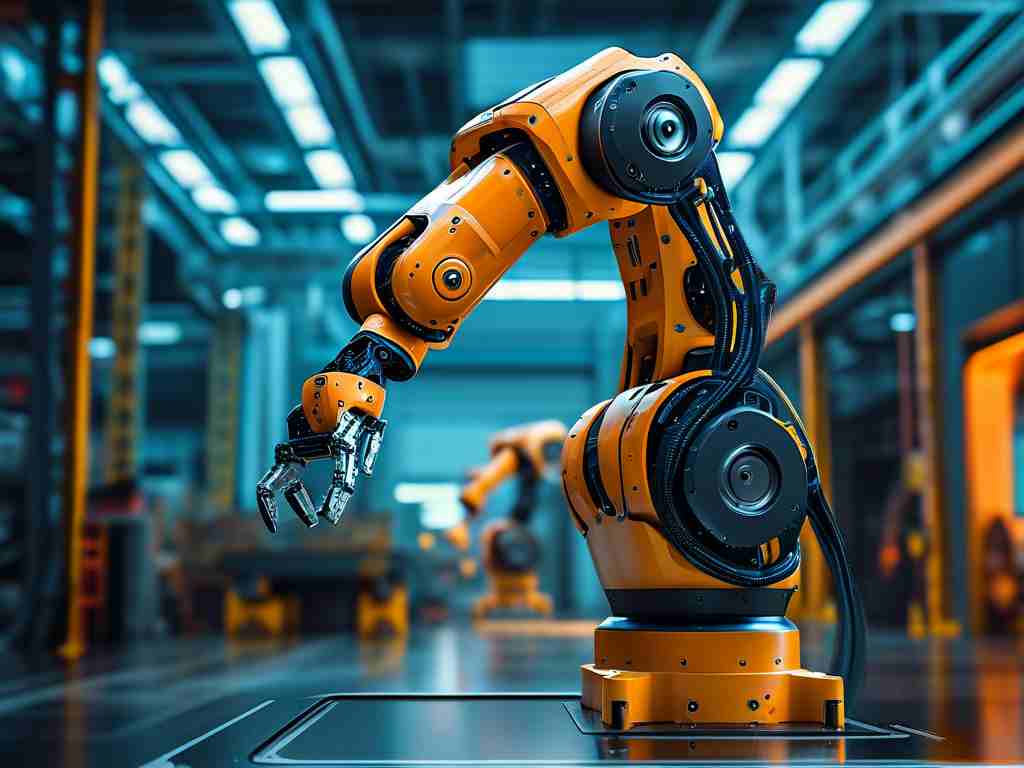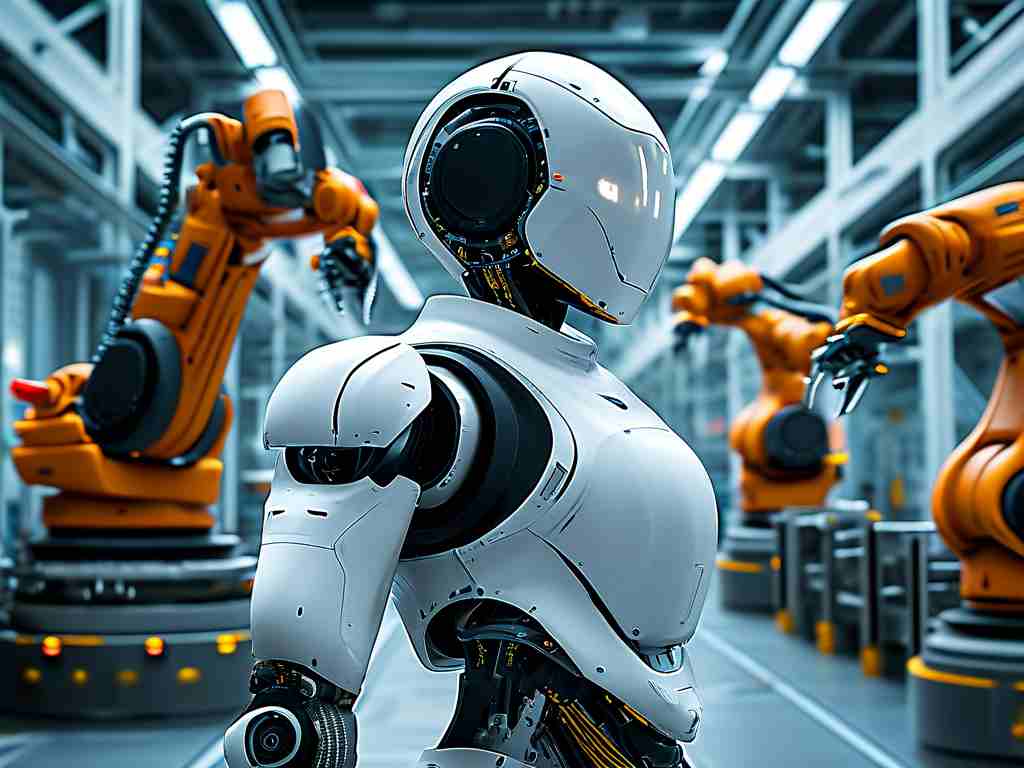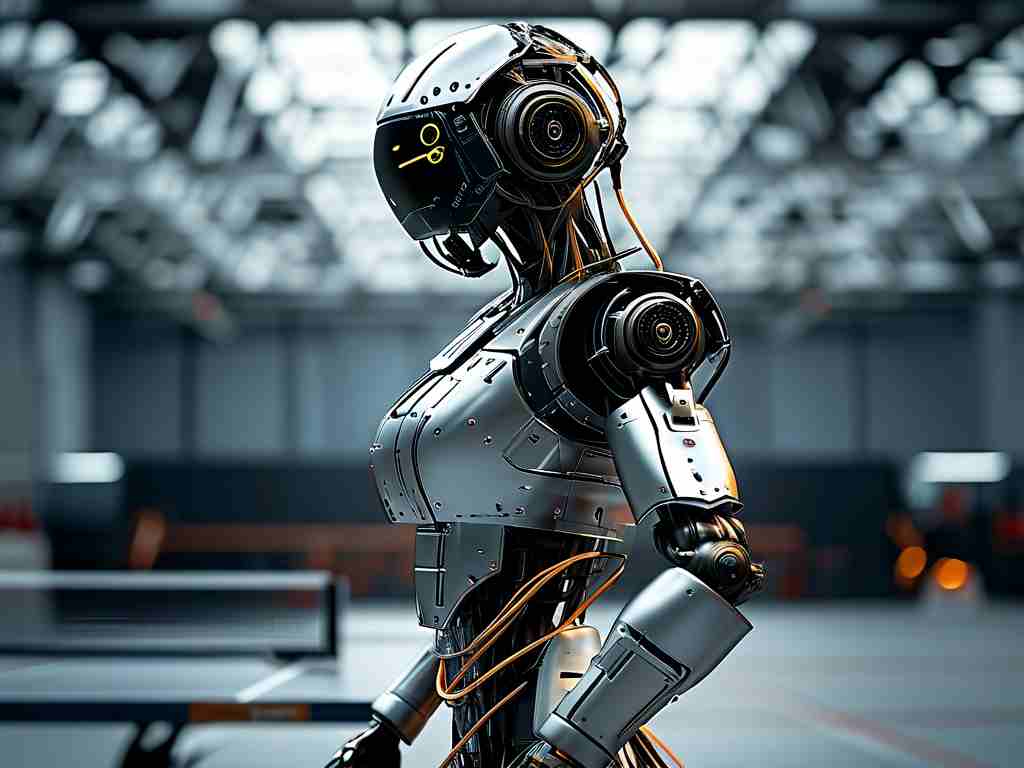The integration of robotics into construction and industrial processes has revolutionized traditional methods, with robotic wall drilling emerging as a pivotal innovation. This technology combines precision engineering, advanced sensing systems, and adaptive control algorithms to automate drilling tasks in diverse environments. Understanding its principles requires exploring three core components: perception systems, motion control, and material interaction dynamics.
Perception and Environmental Mapping
Modern robotic drilling systems rely on multi-sensor fusion to interpret their surroundings. Lidar and depth cameras generate 3D spatial maps, while torque sensors detect material density variations in real time. For instance, when encountering reinforced concrete, the system automatically adjusts drill speed and pressure to prevent tool wear. A proprietary algorithm developed by Swiss robotics firm TecDrill uses ultrasonic feedback to identify rebar positions, reducing structural damage risks by 62% compared to manual operations.
Dynamic Motion Control Architecture
The drilling mechanism operates through a hybrid kinematic chain, blending Cartesian coordinate positioning with articulated arm flexibility. High-torque servo motors drive diamond-coated drill bits at 2,000-4,000 RPM, synchronized with linear actuators for axial feed control. During the 2023 Tokyo Infrastructure Expo, Kuka demonstrated a prototype that achieved ±0.1mm positional accuracy through predictive vibration compensation, a critical advancement for electrical conduit installations.
Material-Specific Adaptive Protocols
Machine learning models enable real-time adaptation to diverse wall compositions. A neural network trained on 15,000 material samples can differentiate between drywall, brick, and carbon fiber composites within 300ms. This capability was instrumental in the post-earthquake reconstruction of L'Aquila, Italy, where rescue robots successfully drilled through collapsed masonry without triggering secondary collapses.
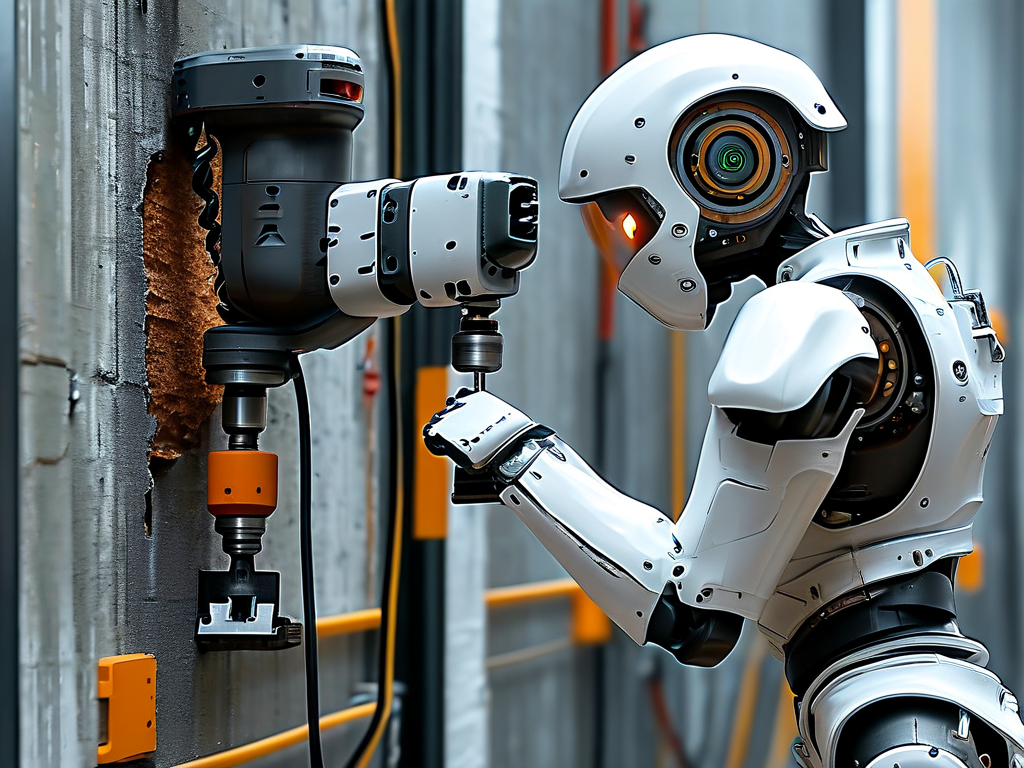
Energy Optimization Challenges
Power management remains a critical hurdle. Current systems consume 15-20% more energy than manual drilling when accounting for perception and computation overhead. MIT's 2024 whitepaper proposes kinetic energy recovery systems (KERS) that harness drill bit deceleration forces, potentially cutting energy use by 40%. Field tests in Singaporean smart buildings show promise, though commercial deployment awaits component miniaturization.
Safety and Regulatory Considerations
The ISO 10218-2 standard mandates dual redundancy in emergency stop circuits and 150N force limitation for collaborative drilling robots. Dust containment systems using electrostatic precipitators have become mandatory in EU markets, addressing silica exposure risks. Notable incidents like the 2022 Munich data center breach—where a misaligned drill damaged fiber optics—highlight the need for improved anomaly detection protocols.
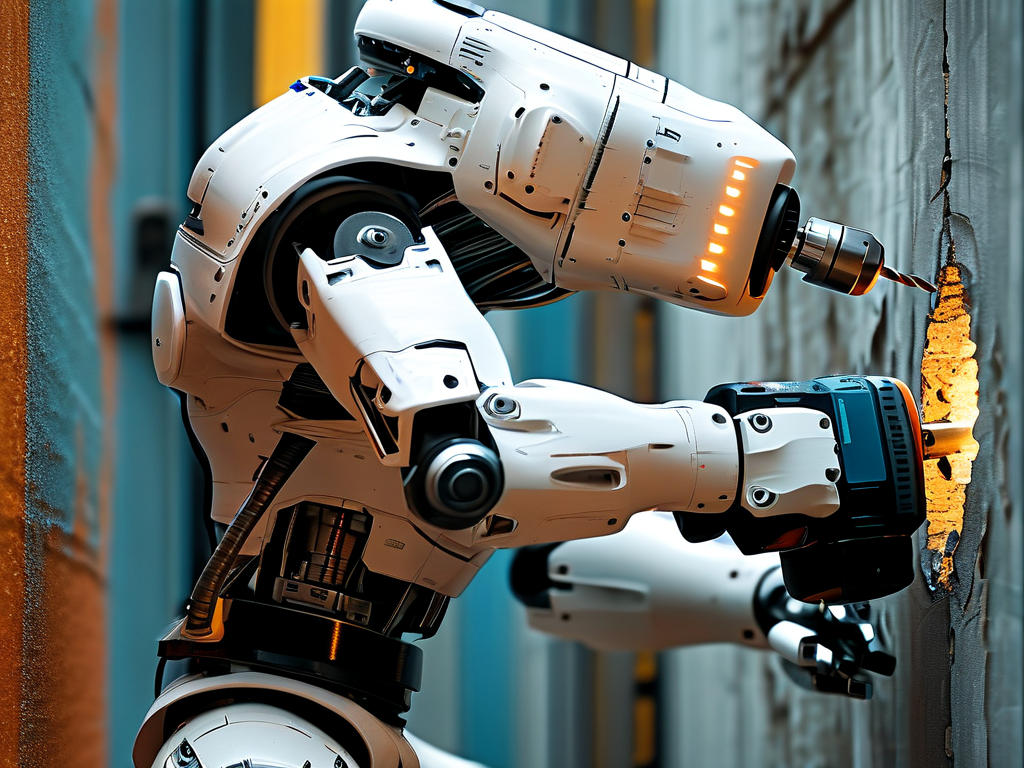
Future Development Trajectories
Emerging research focuses on self-healing drill bits embedded with shape-memory alloys and swarm robotics for large-scale projects. A Beijing-based startup recently showcased synchronized drilling by 12 micro-robots that completed a 300-hole steel beam operation in 8 minutes, demonstrating scalable potential. With global construction robotics projected to reach $420 billion by 2028, autonomous drilling systems are poised to redefine industrial automation standards.
This technological evolution not only enhances operational efficiency but also minimizes human exposure to hazardous environments. As material science and AI converge, next-generation robotic drills will likely incorporate quantum tunneling composites for instant hardness adaptation, marking a new frontier in smart construction technologies.


